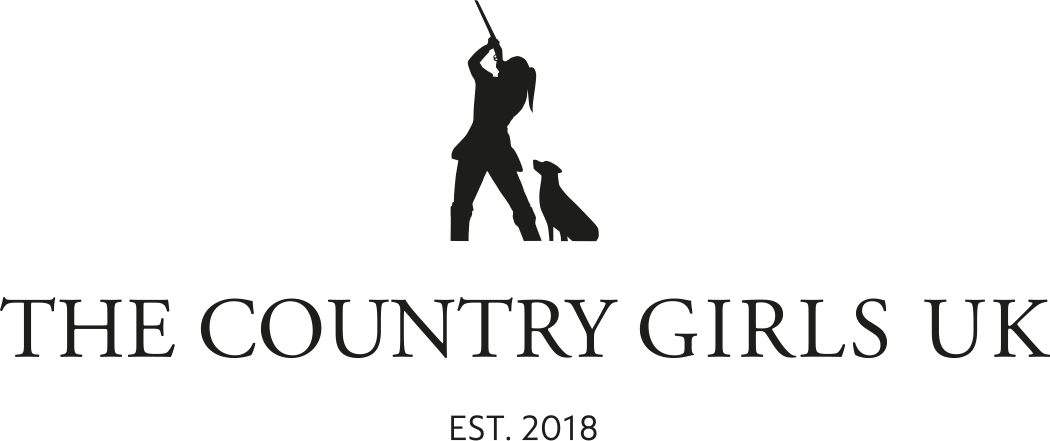You may remember when the world was in an uproar because there was horsemeat in a shepherd’s pie once. A household name on our plate. It’s a mix of two worlds that people struggle to get their heads around.
However, at the World Welfare Conference (2013), The Princess Royal flirted with the idea of finding a method to reduce the number of unwanted horses and find financial benefit and a market for those animals.
Horses are a luxury, that is common knowledge; so when money is tight, and ways to keep ourselves alive come in, horses are sometimes the first to be ignored. As the horse gets older, it becomes less tolerant to the weather and needs more care and attention; as money gets tight, this care and attention reduce. When situations get difficult for the horse owner or keeper, it is easier to abandon them and shift the responsibility to the council or private landowners (World Horse Welfare, 2014).
The charities that take in horses around the country are at a bursting point, there must be another way to keep happy horses and for it to be financially viable.
What incentive is there to keep your horse in good condition, apart from morals or guilty conscience?
Putting a horse down is a cost to the owner. Sending a horse to the kennels or get the jab to send them to sleep, it is at a cost to the owner. There is no financial benefit to keeping your horse fit and healthy until the end.
This is where the horsemeat world comes in. Animals are sold into the abattoir with a price tag determined by their weight. So, keeping a horse up to a good weight, with a good muscle would get a decent price for them. Say £550 for a horse, it’s more financially viable to keep them from being a welfare issue than to spend that on the jab.
Alternatively, in France, they have two lines of breeding – one for horsemeat and one for riding/horse friendship. There is a method to this madness, not only do the household names not make it onto our plates but medication for the animals can be given when necessary – for the job they’re in. So, there are no prohibited substances in our human meat consumption.
Another argument could be to keep the breeding lines still going. In newspaper articles, the Dartmoor pony industry is pushing for a similar idea in order to rectify the lack of interest in their foals and carry on the breeders’ livelihoods, as there seems to be no future purpose for their breeding. Dartmoor ponies are not selling, and a solution is needed; this could be selling them into the horsemeat industry (Shute, 2014)
Nutritional value of horsemeat
Looking into the difference in the horsemeat cuts, a study by Lorenzo & Paterio (2013), suggests that 100g of foal meat covered from 80.6% to 86.7% of the daily requirement for an adult male weighing 70 kg for essential amino acids. Stemming from this, it is thought that foal meat is a very good nutritional source of major and minor minerals. The most significant difference between male and female foals is that the fatness is higher in female foal carcasses than the male carcasses (Lorenzo et al., 2013).In general, horsemeat is considered tender meat when compared to other meats. In comparison to beef, horsemeat has similar levels of protein and lower levels of fat. Regular intakes of horsemeat could lead to reduced total and LDL cholesterol intakes and improve omega-3 index (Lorenzo et al., 2013). Horsemeat has a lower percentage of intramuscular meat than beef, which results in it being a healthier option for the consumer. In addition, the meat is slightly sweeter as there is a higher glycogen content (Viande Richelieu, 2010 & Berger & Rossier, 1988)
Why doesn’t it happen right now?
Mainly due to emotions, taking a household name into the kitchen is a tricky pill to swallow. It is hard to imagine Freddie, who took his owner around Badminton, being served up with a side of sweet potato chips. Secondly, section XI (9) of the horse passport is required to be signed as soon as the horse has had the painkiller Phenylbutazone (bute).
The cost for DEFRA to change the regulations would be extensive. This may, however, change post-COVID-19 vaccination speeds.
For a human to be affected by the painkillers and drugs that are given to horses, they would have to consume over 4 horses each and to eat the meat in pure form. It is a weak dosage, but it is still in the horse meat.
Providing a financial benefit for owners to keep their horses in good condition is not only financially beneficial but also a wise decision as the strain on the welfare support groups will reduce.
That said, the roots that an owner has with their horse are deep. The emotional tie may be too much to enable humans to eat horses.
Is there another way to provide a gain for someone to keep their horse in a happy state?

